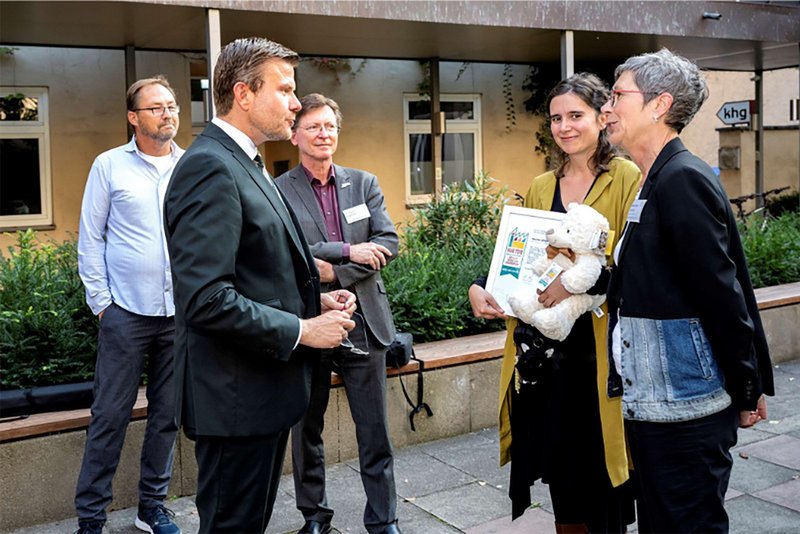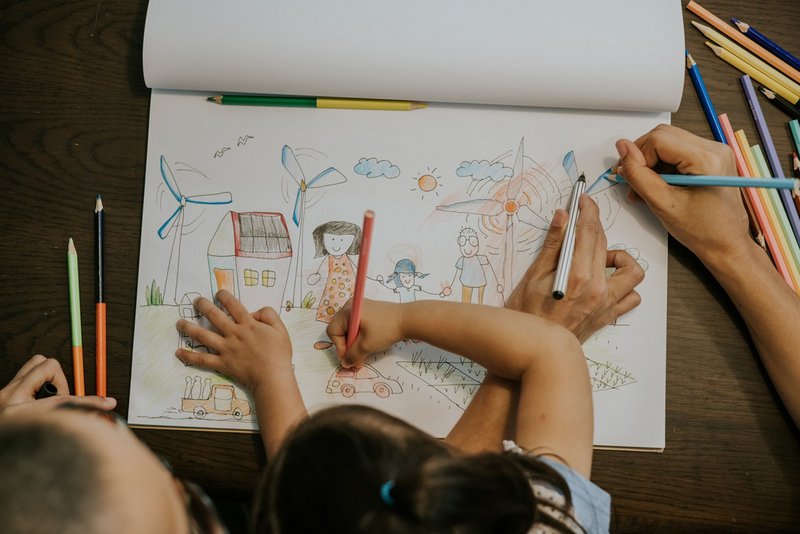
Goodbye, glitter? The microplastics ban hits the toy industry
A REACH amendment restricts synthetic polymer microparticles
by Daniele Caroli
The European Union has published a restriction of synthetic polymer microparticles. It states that some products not requiring a specific long transition are banned starting on the twentieth day following that of its publication in the Official Journal of the European Union, i.e. from 17 October.
Microplastic pollution

Article 1 of the Regulation stresses that “The ubiquitous presence of tiny fragments of synthetic or chemically-modified natural polymers, which are insoluble in water, degrade very slowly and can easily be ingested by living organisms, raises concerns about their general impact on the environment and, potentially, on human health. Those polymers are widespread in the environment and have also been found in drinking water and food. They accumulate in the environment and contribute to microplastic pollution” and Article 2 states that “A big part of microplastic pollution forms unintentionally, for example as a result of the breakdown of larger pieces of plastic waste, or the wear and tear of tyres and road paint, or the washing of synthetic clothes. However, tiny fragments of synthetic or chemically-modified natural polymers are also manufactured to be used as such or added to products.”
Therefore, the ban concerns not only toys which are manufactured using glitters but further categories including party products, Christmas decorations, textile and sporting goods. Initial assessments by Toy Industries of Europe (TIE) and various experts had inferred that glitters embedded in polymers or glued to a product would be considered as “articles” and as such out of the scope of the restriction which instead concerns (Article 42) “the placing on the market of synthetic polymer microparticles on their own, or intentionally present in mixtures to confer a sought-after characteristic, for example colour, texture, bulk, water absorption, fluidity or heat resistance.”
Legal uncertainty
In April 2023, TIE had already informed the members that glitters on their own (unless degradable, soluble or natural), sticky beads (also known as water fuse beads), glitter affixed to an article but “not permanently incorporated in a solid matrix” and slime containing synthetic polymer microparticles would definitely be banned. Since guidance and Q&A documents on how the assessment ought to be conducted for various products are not available yet, it is unclear how many more categories – Christmas decorations, for instance – might be affected by the restriction. This generates serious legal uncertainty according to TIE, which adds that the ban could be subject to different interpretations for a range of products so that it is, as yet, still unforeseeable how Member States will apply it.
Imbalanced transition periods

It is also difficult to understand the rationale whereby the main sources of microplastics pollution will benefit from transition periods of up to 12 years, while minor contributors, such as the toy, party and Christmas products industries, will become non-compliant almost overnight and with little to no time to adjust their practices. For instance, the restriction shall apply from 17 October 2029, to synthetic polymer microparticles for use in the encapsulation of fragrances and from 17 October 2035, for some categories of lip, nail and make-up products. TIE believe that the absence of a transition period does not consider the business time needed to adapt (depending on the sector, the cycle of product development from start to arrival on shelf can take several years) and the time needed to be fully informed and understand the ban.
Compulsory enforcement
TIE members have urged the European Commission to introduce a general 18-month transition period to avoid any negative impact on the economy and environment and, should that not be possible, to ask Member States to apply an 18-month grace period during which no enforcement will take place.
However, there has been no reply yet so Member States are obliged to apply the restriction, because this is a European Regulation, not a Directive, as Rocco Scopelliti, an expert in product safety at Assogiocattoli (the Italian association of companies manufacturing toys, childcare articles, Christmas decorations and party accessories), explains. He adds that everybody concerned is now waiting for guidance and that the business that will be most affected is Christmas decorations, although, as regards the coming season, most of the supply has already been imported and/or distributed before the October 17, 2023, deadline, and so may continue to be placed on the market.
What are microplastics?
Synthetic polymer microparticles (microplastics) are solid polymers contained in particles constituting at least 1% by weight of those particles or building a continuous surface coating on particles.
How small is small?
Under such conditions, all dimensions of the particles are equal to or less than 5 mm or the length of the particles is equal to or less than 15 mm while their length to diameter ratio is greater than 3.
Which polymers are still permitted?
Polymers that are the result of a polymerisation process that has taken place in nature and are not chemically modified substances, some degradable polymers, soluble polymers and polymers that do not contain carbon atoms in their chemical structure are excluded from the above designation and out of scope of the restriction.
The European Union regulation on synthetic polymer microparticles
European Commission Regulation (EC) 2023/2006 of 25 September 2023, amending Annex XVII to Regulation (EC) No. 1907/2006 of the European Parliament and of the Council concerning the Registration, Evaluation, Authorisation and Restriction of Chemicals – REACH
About the author
Daniele Caroli worked as a journalist in the Italian music business until 1985, later in consumer electronics and then as editor-in-chief of the nursery products trade magazine Il Giornale dell’Infanzia (1994–2018) and of the toy trade magazine Giochi & Giocattoli (2000–2013). He acted as President of the Baby Care Magazines International association BCMI (2004–2007 and 2022–2023) and of the International Toy Magazines Association ITMA (2008–2012). Since 2013 he has been a member of the Spielwarenmesse TrendCommittee and since 2020 he has been contributing to Spirit of Play, the online magazine of Spielwarenmesse.




